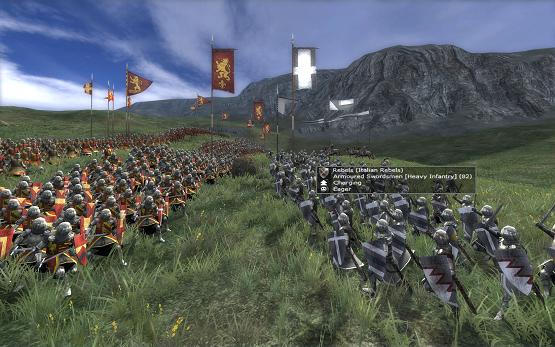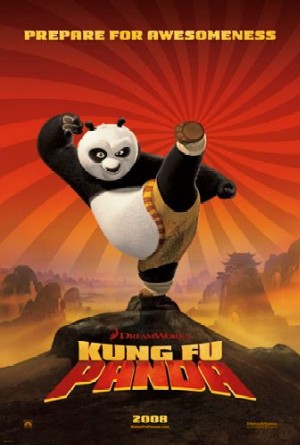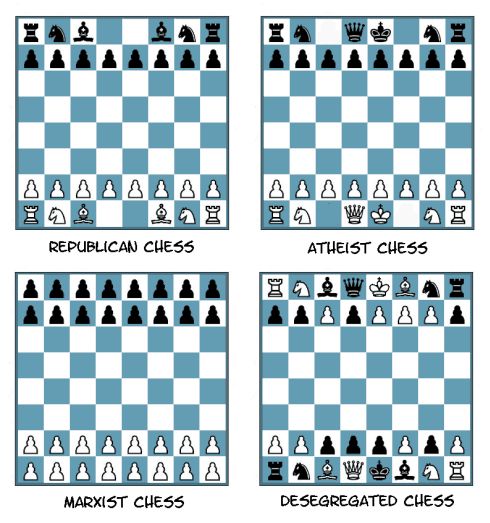
I love the wonderful, wonderful irony in this. Apparently a large group of Christians organized a mass prayer at banks, stock markets and other financial institutions all over the world to ask for God’s intercession into the current financial mess. Here’s an excerpt from the original call to prayer as reported by the Christian Broadcasting Network:
For these and other reasons Cindy is calling for a Day of Prayer for the World’s Economies on Wednesday, October 29, 2008. They are calling for prayer for the stock markets, banks, and financial institutions of the world on the date the stock market crashed in 1929. They are meeting at the New York Stock Exchange, the Federal Reserve Bank, and its 12 principal branches around the US that day.
“We are going to intercede at the site of the statue of the bull on Wall Street to ask God to begin a shift from the bull and bear markets to what we feel will be the ‘Lion’s Market,’ or God’s control over the economic systems,” she said. “While we do not have the full revelation of all this will entail, we do know that without intercession, economies will crumble.”
The photo above, taken from Wonkette, is of the said group praying at the aforementioned bull statue on Wall Street. The irony is obvious to anyone with even a passing knowlege of the Bible since the bull statue on Wall Street is a huge golden bull, and instantly brings to mind the story of the Golden Calf from the book of Exodus. As the Wikipedia entry indicates, one interpretation of the story, apart from the more obvious one as an example of the sin of idolatry, is that it was intended as a Biblical criticism on the pursuit of material wealth. A double irony indeed.
I can only guess that these Christians haven’t been reading the Bible much.





